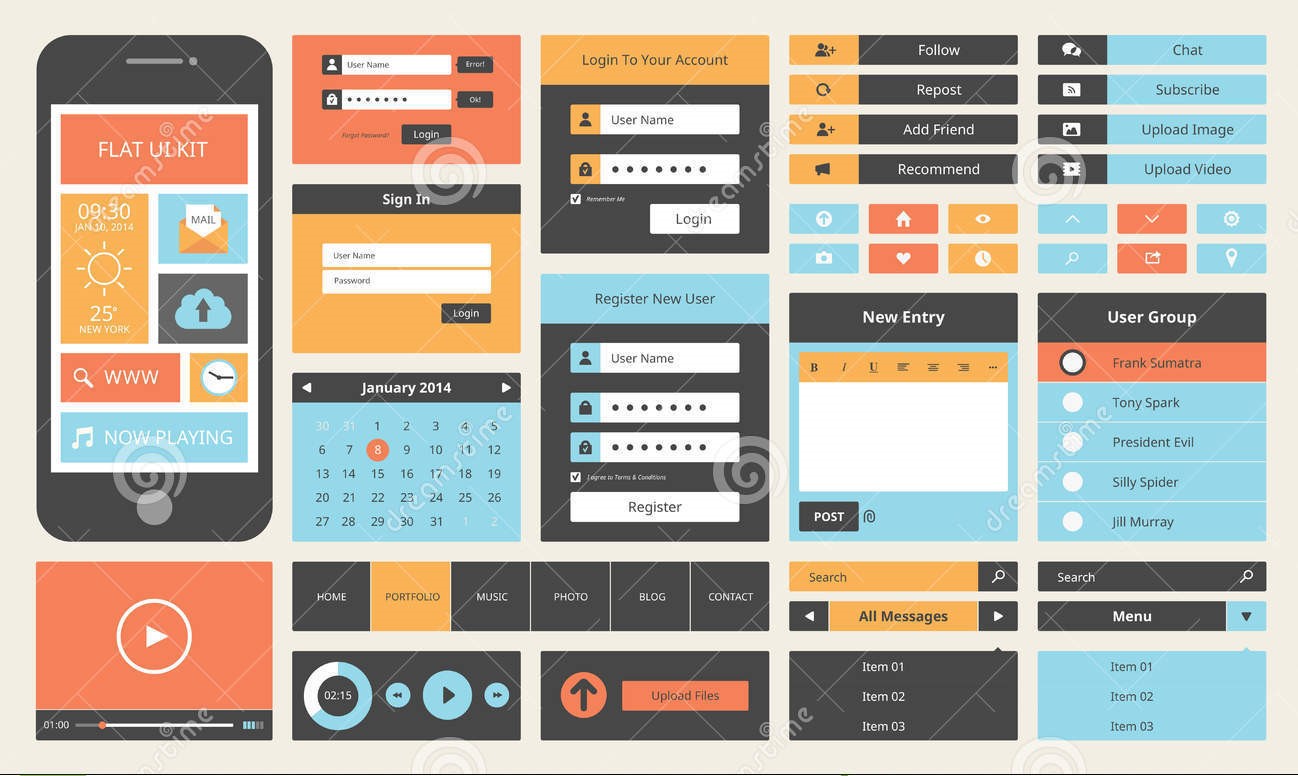Assignment #5 – Cognitive Walk-through (CW)
Objectives
To be able to perform a usability analysis using the Cognitive Walk-through methodology
Course Objective
CO2 Evaluate functionality and usability of a computer interface.
Assignment
- Post your design document (or link to design documentation) to the Assignment 5 discussion board.
You will be doing a Cognitive Walkthrough (CW) of your own project and other student projects. This means you will need to get the documentation from other students – which you will be able to obtain from the Assignment 5 Discussion Board.
For this evaluation, we are now going to move on to the use of a real application, but one that is in prototype mode. This evaluation will be one of the student designs of the other students. These designs were created in Assignment 3 and should be available to you.
2. From the discussion board, obtain the URL or documentation of two different student projects. You will be analyzing two student projects and your own project.
2. Document a specific task that will be performed with the user application (Task analysis). The task will be documented as a series of high-level tasks achieved with the system. These should be provided to you as part of the information submitted about the application you are reviewing.
For example, if we are using a student registration system, the high-level tasks could be;
|
These high-level tasks give the user a purpose in the system and must be documented as part of the cognitive walkthrough. The designer and the evaluator should agree on the appropriateness of the task. This can all be done on the discussion boards, and students can share the information on tasks and evaluation of the tasks.
3. The cognitive walk-through follows each element of the task and the interface and answers the following questions (from https://en.wikipedia.org/wiki/Cognitive_walkthrough )
Start with the task analysis and then look at the subtasks. Remember – there is a GOAL for every CW, and these questions are always answered by looking at how users will respond to reach that goal. For EVERY ACTION they take along the task – answer the following
(Determine Action) – Does the action match the user’s goal?
- Will the user try to achieve the effect of the task?
- Will the user try to achieve the effect of the subtask?
- Will the user know what sub-tasks are needed to complete the overall task?
- Does the user understand that this sub-task is needed to reach their goal?
- Will the user decide on an action to complete the subtask?
(Take Action) – Will they know the correct action to take? (is it visible?)
- Will the user notice that the correct action is available?
- Will the user be able to take the action?
- Will the user be able to find the correct sequence of actions to complete the sub-task?
(Desired Result) – Will the user know the action was correct?
- Will the user understand that the action can achieve the wanted subtask?
- Will the user understand the button, prompts, or guidance of the system?
- Is the result of the action expected or desired?
(Correct Feedback) – Does the user get correct feedback?
- Does the user get appropriate feedback?
- Will the user know they have done the right thing after performing the action?
- Will the user know what to do next (if anything)?
Note that the questions are relatively simple. The point of this exercise is to get into the head of a potential user and understand these simple questions. They are trying to do something (a task), and they will be either able to complete their task or they will not. These simple questions allow you to evaluate how a user will react to the system.
4. The CW document will have task actions and results of the 4 CW questions for each sub-task or action.
Document this as a word or pdf for each analysis and include screen captures of the interface as documented and provided by the student who was the source of the design. Submit all 3 to the assignments. Reply to the discussion boards with your analysis of the design you analyzed.
Your submission should include;
All evaluations from your group (all 3)
All screenshots of all screens evaluated
Information
Information on Cognitive Walk-through is available at the Topic – Usability Evaluation
In addition, here is a little video (from Chris Kimmer) on performing a cognitive walkthrough https://www.youtube.com/watch?v=Edqjao4mmxM
Because you will be evaluating the documentation and prototype for other students, the documentation may lack the required information. You should get the contact information for the student or students that produced the prototype, as you may need to ask questions to clarify the design.
Estimated Completion Time
This should take about 30 minutes – 1 hour for each of the three walk-throughs you are required to do.
Supporting Lectures
The usability evaluations are covered in the lectures All Course Lectures
Questions and Answers
External Resources
Here is an excellent example of a CW format that works quite well – http://www.carincamen.com/img/hci/cognitive02.png
A video of performing a CW – https://www.youtube.com/watch?v=Edqjao4mmxM
Grading Criteria
A good walk-through analysis of another student project is worth 4 points each, up to 10 points. (You should have 3, but the maximum point value is 10)
